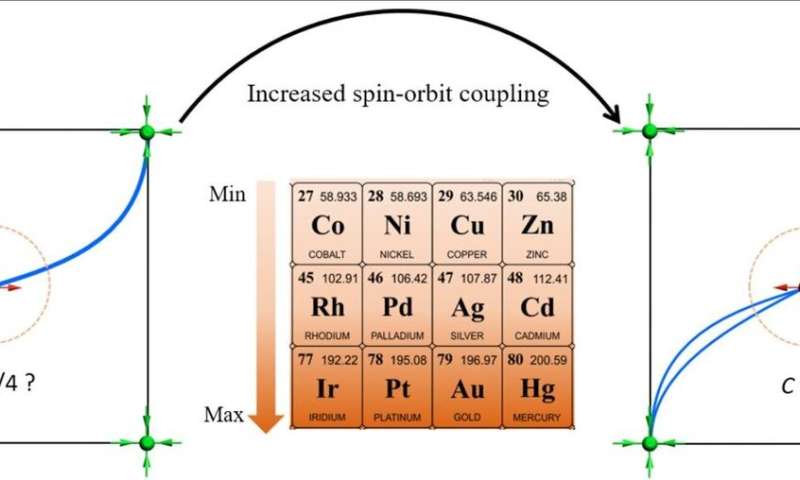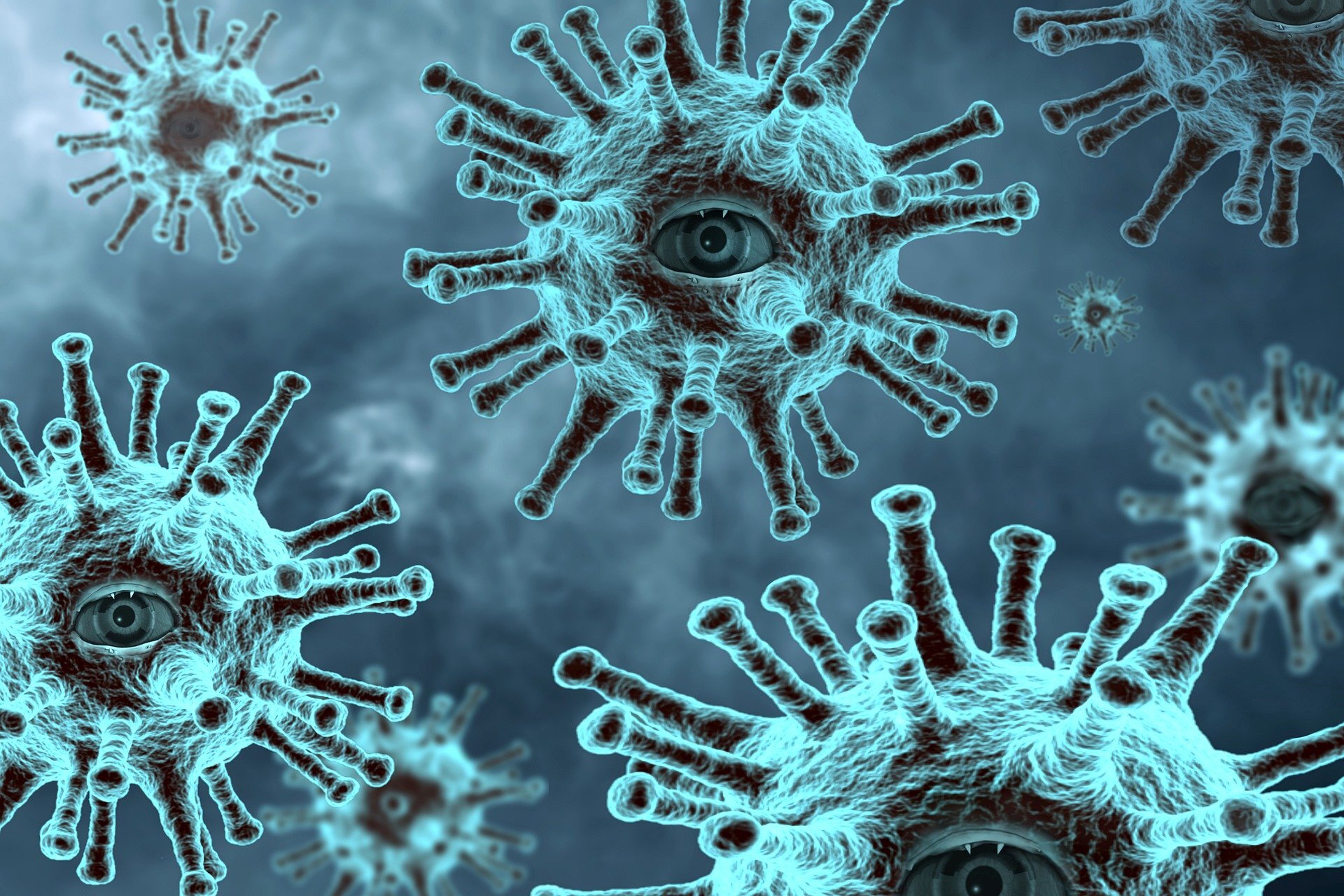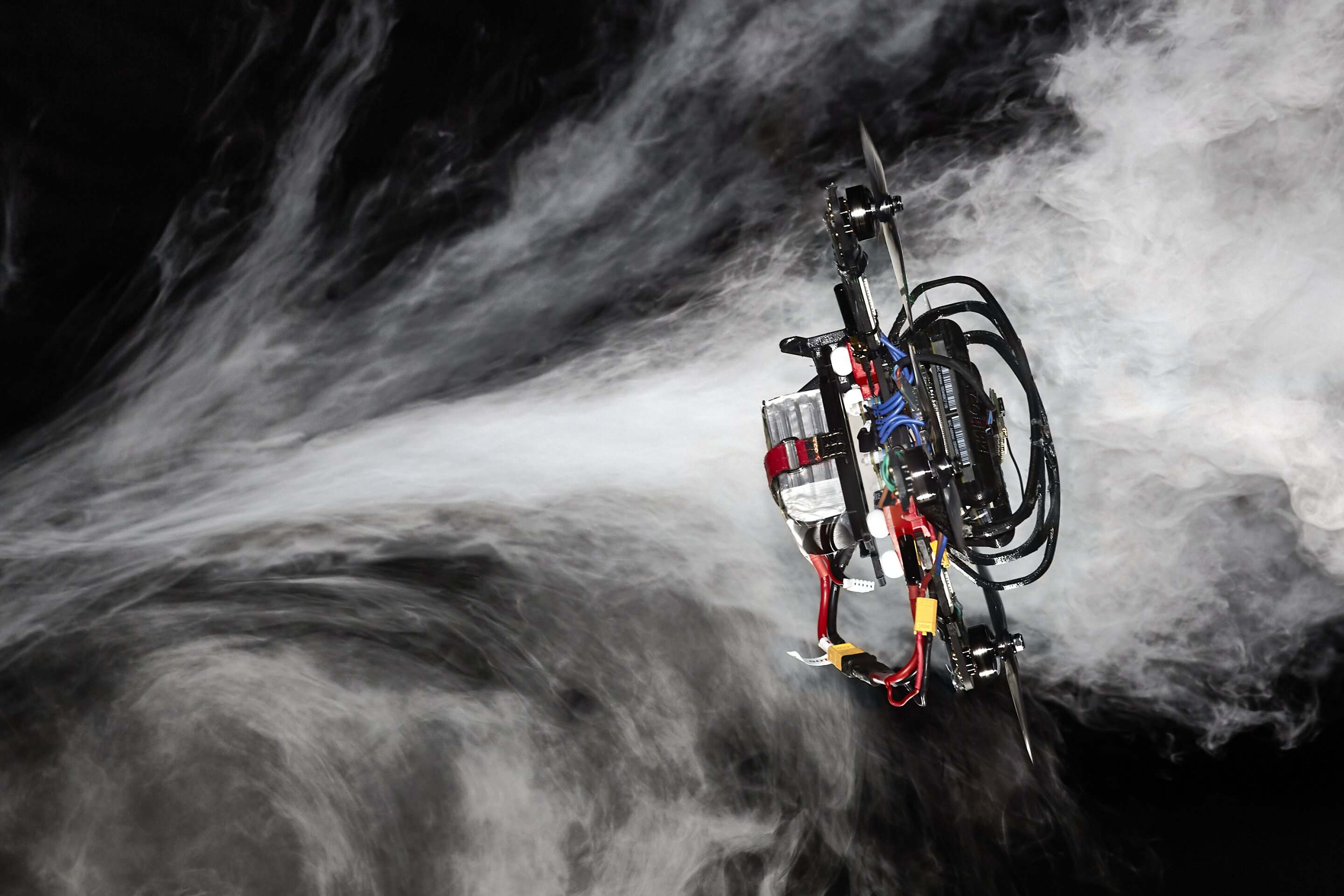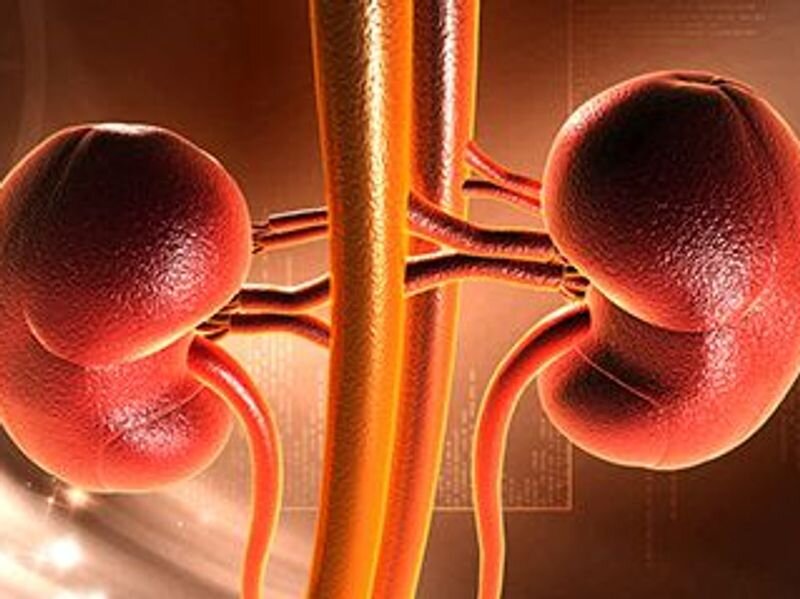#A fresh twist in chiral topology
“#A fresh twist in chiral topology”

The concept of chirality is well-established in science: when an object cannot be superimposed on its mirror image, both the object and its mirror image are called chiral. In the drug industry, for instance, more than 50% of the pharmaceutically active molecules used nowadays are chiral molecules. While one of the ‘enantiomers’ is life-saving, its counterpart with opposite handedness may be poisonous. Another concept which has found widespread interest in contemporary materials science is topology, as many so-called topological materials feature exotic properties. For example, topological materials can have protected edge states where electrons flow freely without resistance, as if a superconducting path of electrons were created at the edge of a material. Such unconventional properties are a manifestation of the quantum nature of matter. The topological materials can be classified by a special quantum number, called the topological charge or the Chern number.
Chiral topological materials have particularly unique properties which may be useful in future devices for quantum computers which could speed up computations considerably. An example for such a property is the long-sought large quantized photogalvanic current. Here a fixed dc current is generated in a chiral topological material once exposed to a circularly-polarized light, which is independent of the strength of incident radiation and its direction can be manipulated by the polarization of incident light. This phenomenon relies on the fact that the material possesses a high topological charge of 4, which is the maximum possible value in any material.
Solid-state chemists and physicists from the Max Planck Institute for Chemical Physics of Solids (MPI CPfS), the Leibniz Institute for Solid State and Materials Research (IFW), the Helmholtz-Zentrum Dresden-Rossendorf (HZDR), the Helmholtz-Zentrum Berlin fuer Materialien und Energie (HZB) and the University of Science and Technology of China, Hefei succeeded to realize this peculiar electronic state for the first time in the new chiral topological compound PtGa. Their results have been published in Nature Communications.
In the study, the researchers have used exceptionally strong spin-orbit coupling in PtGa as the key parameter to clearly resolve and count the number of special topological surface states, called the Fermi arcs, which determine the topological charge. “PtGa is the best compound existing in nature with chiral B20 structure to observe spin-split Fermi arcs and realize the maximal Chern number 4 as it has the strongest spin-orbit coupling.” says Kaustuv Manna, one of the authors of the study who works as a scientist at Max Planck Institute for Chemical Physics of Solids Dresden.
Theoretical calculations performed by Yan Sun and his colleagues suggested that the compound PtGa is a highly promising candidate to observe the high topological charge which was experimentally verified by Mengyu Yao and his colleagues who performed detailed angle-resolved photoemission spectroscopy (ARPES) studies. ARPES is a powerful tool to investigate the behavior of electrons in solids.
“The work by Yao et al. reveals that PtGa is a topological semimetal with a maximal chiral charge and has the strongest spin-orbital coupling among all chiral crystals identified up to date. This observation is significant and has great implications for its transport properties, such as magnetotransport.” explains Ming Shi, a professor and senior scientist at Paul Scherrer Institute, Switzerland.
The study is an example for an excellent collaboration between research groups covering different areas of expertise. Within the excellence cluster ct.qmat, scientists are cooperating to investigate fundamentally new states of matter. “We are focusing on novel materials whose observed properties and functions are driven by quantum mechanical interactions at the atomic level, with semimetals such as PtGa being one of the most exciting examples,” says Jochen Wosnitza, Director of the Dresden High Magnetic Field Laboratory (HLD) at HZDR, referring to one of the cluster’s main research topics. Institutes participating in the cluster and collaborating on the current publication include the DRESDEN-concept partners MPI CPfS, IFW, and HZDR.
More information:
Mengyu Yao et al, Observation of giant spin-split Fermi-arc with maximal Chern number in the chiral topological semimetal PtGa, Nature Communications (2020). DOI: 10.1038/s41467-020-15865-x
A fresh twist in chiral topology (2020, June 22)
retrieved 22 June 2020
from https://phys.org/news/2020-06-fresh-chiral-topology.html
This document is subject to copyright. Apart from any fair dealing for the purpose of private study or research, no
part may be reproduced without the written permission. The content is provided for information purposes only.
If you want to read more Like this articles, you can visit our Science category.
if you want to watch Movies or Tv Shows go to Dizi.BuradaBiliyorum.Com for forums sites go to Forum.BuradaBiliyorum.Com




